What’s the difference between Ah and Wh
What’s Ah of battery
Ampere-hour (Ah) is also called amp-hour. It is the unit of battery capacity that measures the amount of charge that can be available in a fully charged battery. This amount of charge is What determines the amount of current that can be discharged from the battery and its discharge time. This is Why it is also called a charge or coulometric capacity.
The formula is (Wh)/(V) =(Ah). For example, if you have a 1200Wh battery rated at 12V, the current is 1200Wh / 12V = 100Ah.
Understanding Wh
Watt-hour is abbreviated as Wh. It is referred to as the energy capacity of a battery as it more accurately determines the energy that can be stored in a battery. Generally, Watt-hour is a unit of energy.
Formula is (Ah)*(V) = (Wh). For example, if you have a 100 Ah battery rated at 12V, the power is 100Ah * 12V = 1200Wh.
Appliance’s Max power consumption VS Lithium battery power
When you size your lithium battery bank for your appliances, The Max power requirement is an important factor.
For example, if you got a water pump that requires 12V and 100W(about 8.3A current), What’s how much power juice will be drowned out from your battery bank. And the battery also has its safe discharge amps, so your battery safe discharge amps at least are higher than your water pump’s Max output wattage. Our ECO-WORTHY lithium battery’s safe discharge amp is 0.75 C, Which means a battery of at least with 14.5A discharge current can power your pump.
Battery capacity & Appliance’s working hours
Above we discussed the minimum capacity a battery can power a load, then next we go for how much capacity is needed to keep the load running per day.
For example, the water pump is required to work 8 hrs a day
The capacity it requires is 8.3A*8h=66.4Ah
So you gonna need a 66.4Ah battery bank to meet your water pump's daily power consumption.
How to calculate the batteries’ capacity in series or parallel connection configuration
Connecting batteries in series is when you connect two or more batteries to increase the battery system's overall voltage, connecting batteries in series does not increase the capacity, only the voltage.
For example, if you connect four 12V 100Ah batteries, you will have a battery bank voltage of 48V and capacity of 100Ah. And the battery energy is 48V*100Ah=4800Wh.
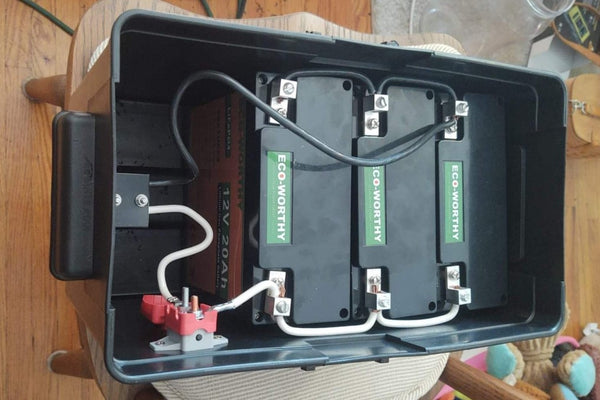
Connecting batteries in parallel instead, will increase the battery capacity, but stay the same voltage.
If four are connected in parallel, you will have a battery bank voltage of 12V and capacity of 400Ah. The battery energy is 12V*400Ah=4800Wh.
As you can see, no matter in series or parallel, they both have the same battery energy.
How To Calculate Solar Battery Bank Size in a solar off-grid system
We all know that with more power generated you will need more batteries to increase storage capacity. but it goes a little more complicated When we talk about the relationship between the generated power and battery numbers in a complete solar off-grid system.
Many factors will influence battery bank sizing, like the PV daily output, your daily power usage, the ambient temperature, do you use the battery bank intermittently or every day, and how many days your solar system will be without sun, etc.
Let's just simply discuss this in 2 basic parts:
PV daily output & Battery capacity
An ideal battery capacity should cover the daily output from the PV array, which means if you have a 1KW 24V solar system, the suggested battery bank size should be:
1000W*4 hrs/ 24V*(1+X%)=166Ah (X refers to the depth of discharge and, we take it as 20~30% usually, depending on battery type), so 2pcs 24V 100Ah lithium batteries in parallel is recommended.
Battery capacity & Inverter power wattage (daily power usage)
An inverter is also a very important part of an off-grid system and it determines the battery bank’s minimum capacity. On the top of the PV daily output, we add a 3000W 24V inverter and consider that we are running as many loads as we can, thus we have 3000Wh/24V=125Ah, which means the 125Ah capacity of your battery bank can last an hour at 100% full power.
If you change with another 5000W inverter (5000w load at same time), 5000Wh/24V=208Ah, then we can find out that 2 pcs 24V 100Ah lithium battery configuration will not be enough right now. To find a balance, you may add more batteries and solar panels to increase daily output or decrease your devices or limit their working hours.
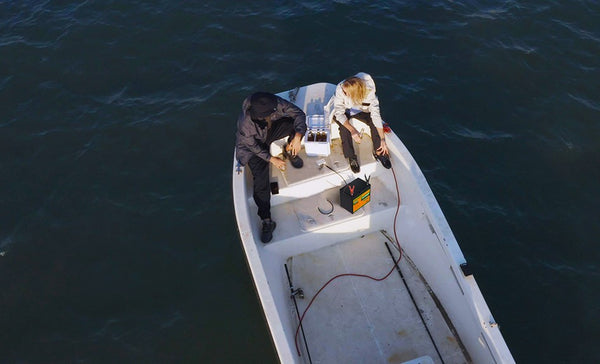
Recommended solar system combination for the usual device or house appliance
- Fishfinder: 12V 10Ahbattery + 10W ~25W solar panel
- Trolling motor: 12V 40~60Ahbattery bank + 200W Solar kit
- Chain Saw – 12″ (working one hour per day): 12V 100Ahbattery bank+ 1500~2000W inverter+300W~400W solar kit
- Fridge -16 cu. ft. (AC): 12V 100Ahbattery bank + 600W inverter+ 200-400W solar kit
- Scooter (350W Motor, Up to 17 Miles Range): a 24V/36V 10Ahlithium battery bank will be sufficient

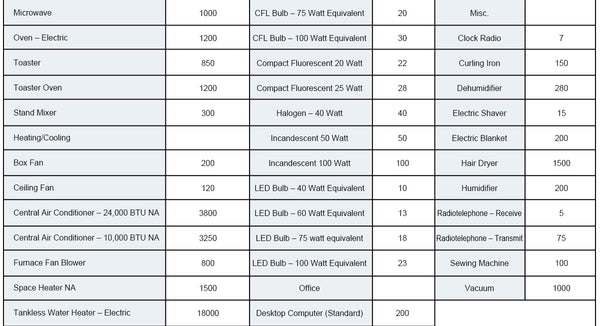


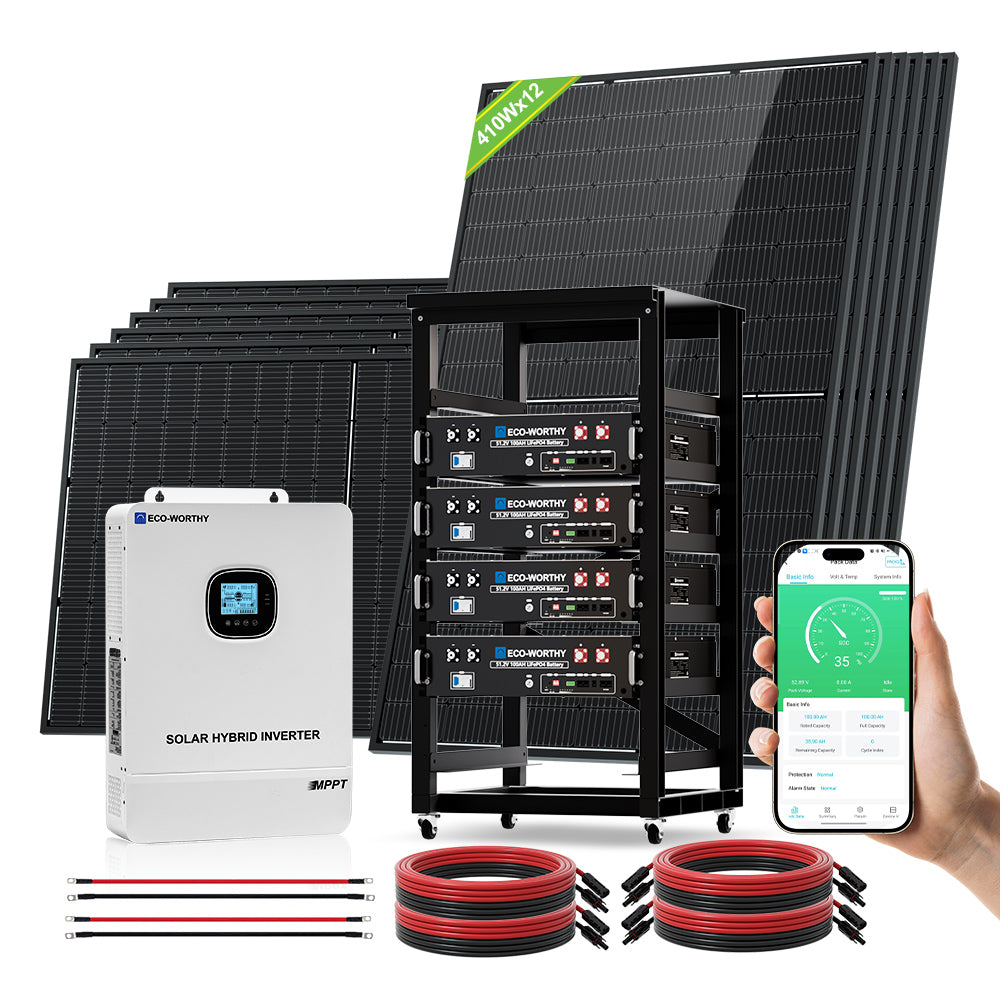
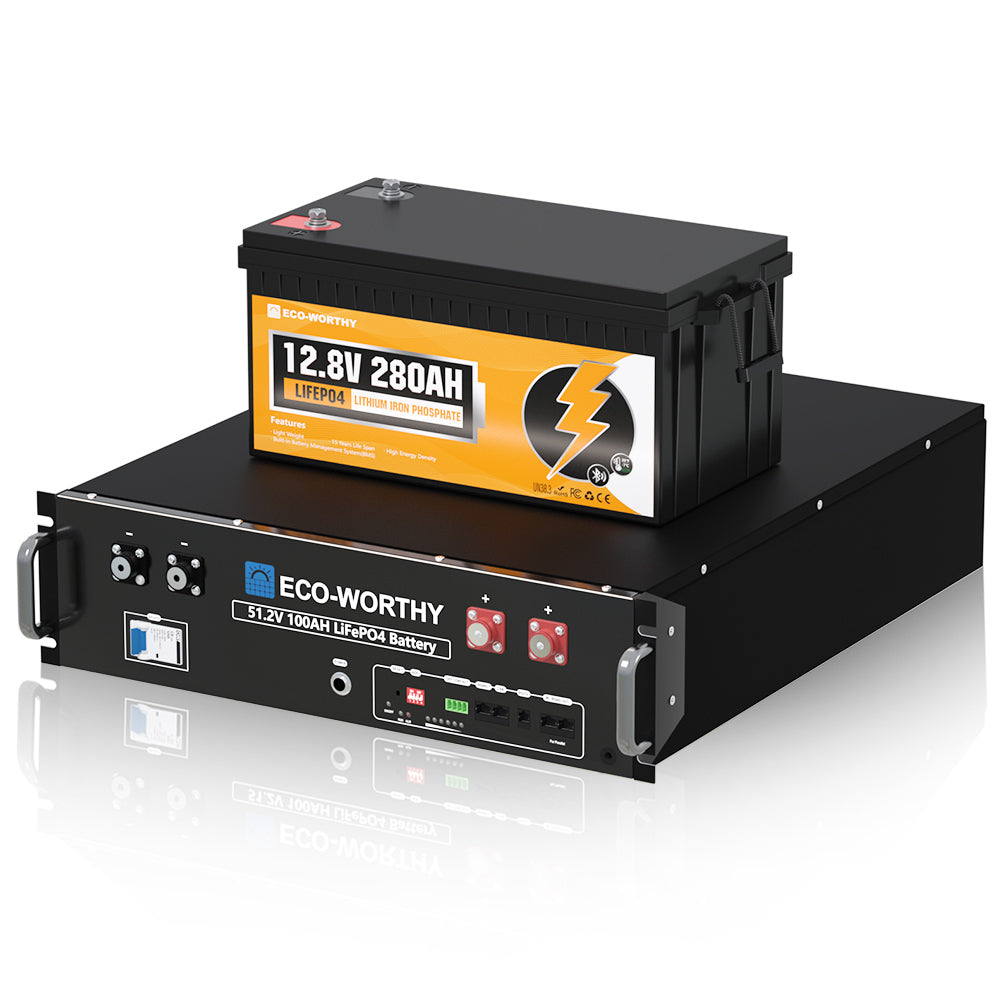
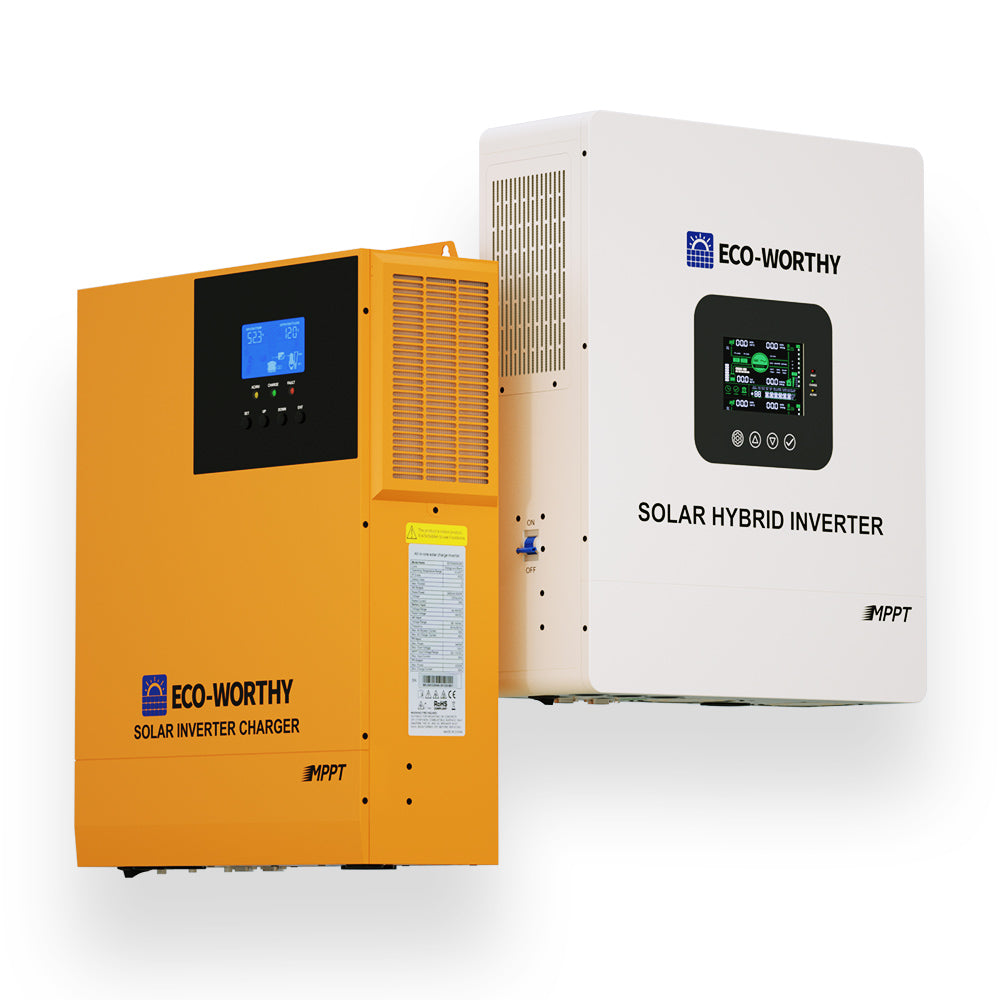
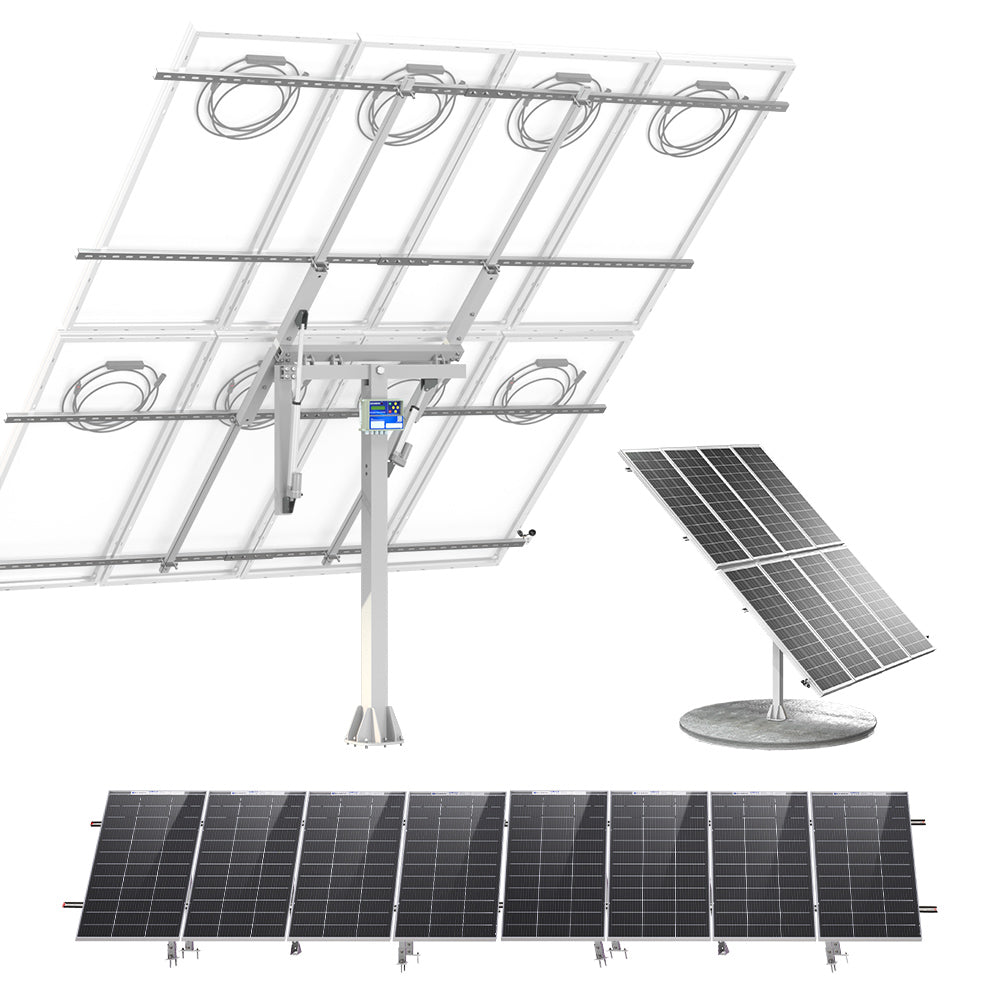
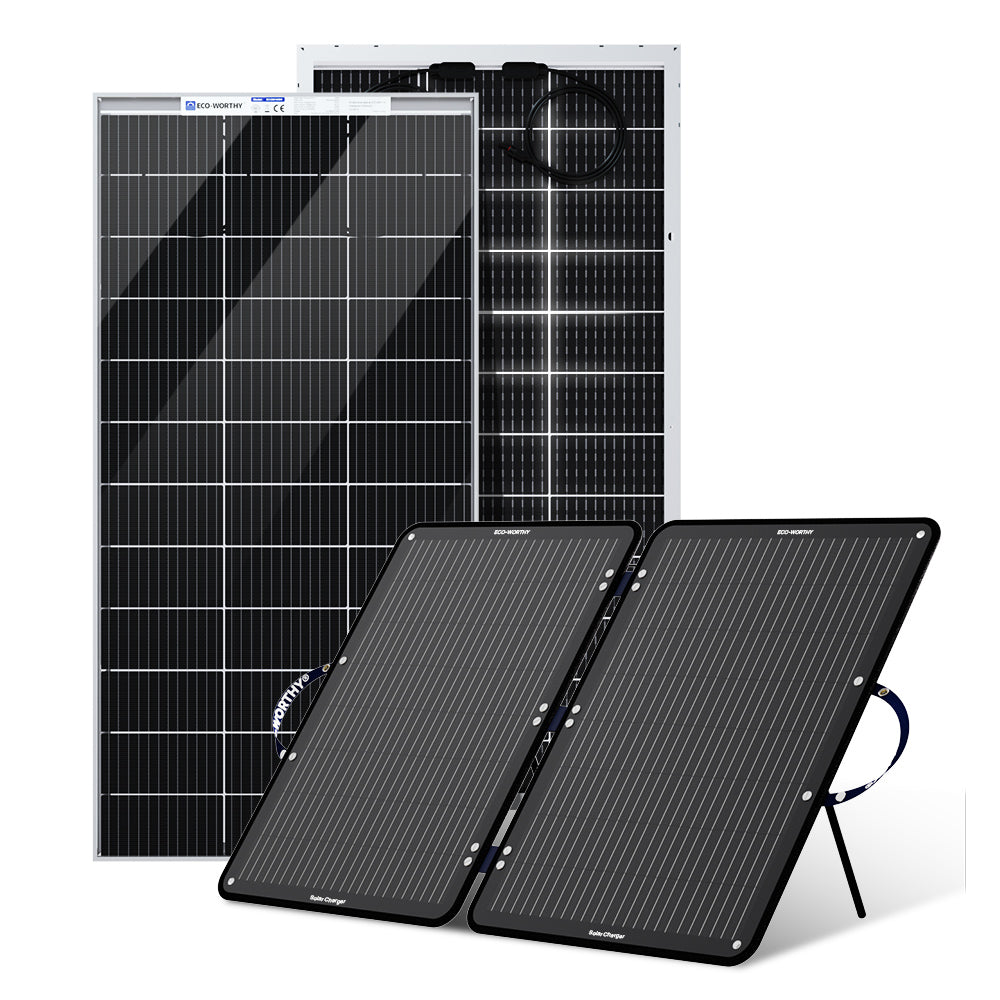
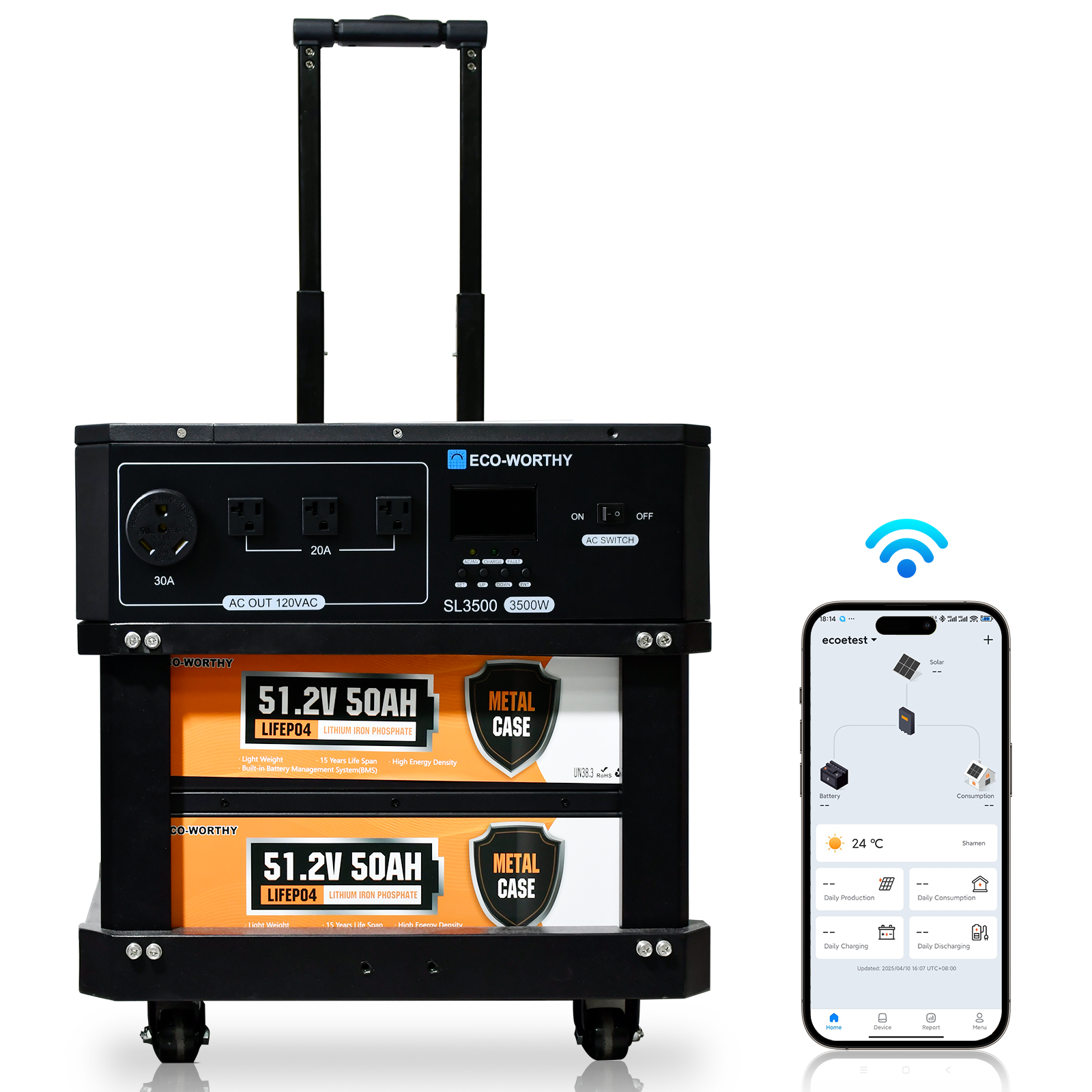




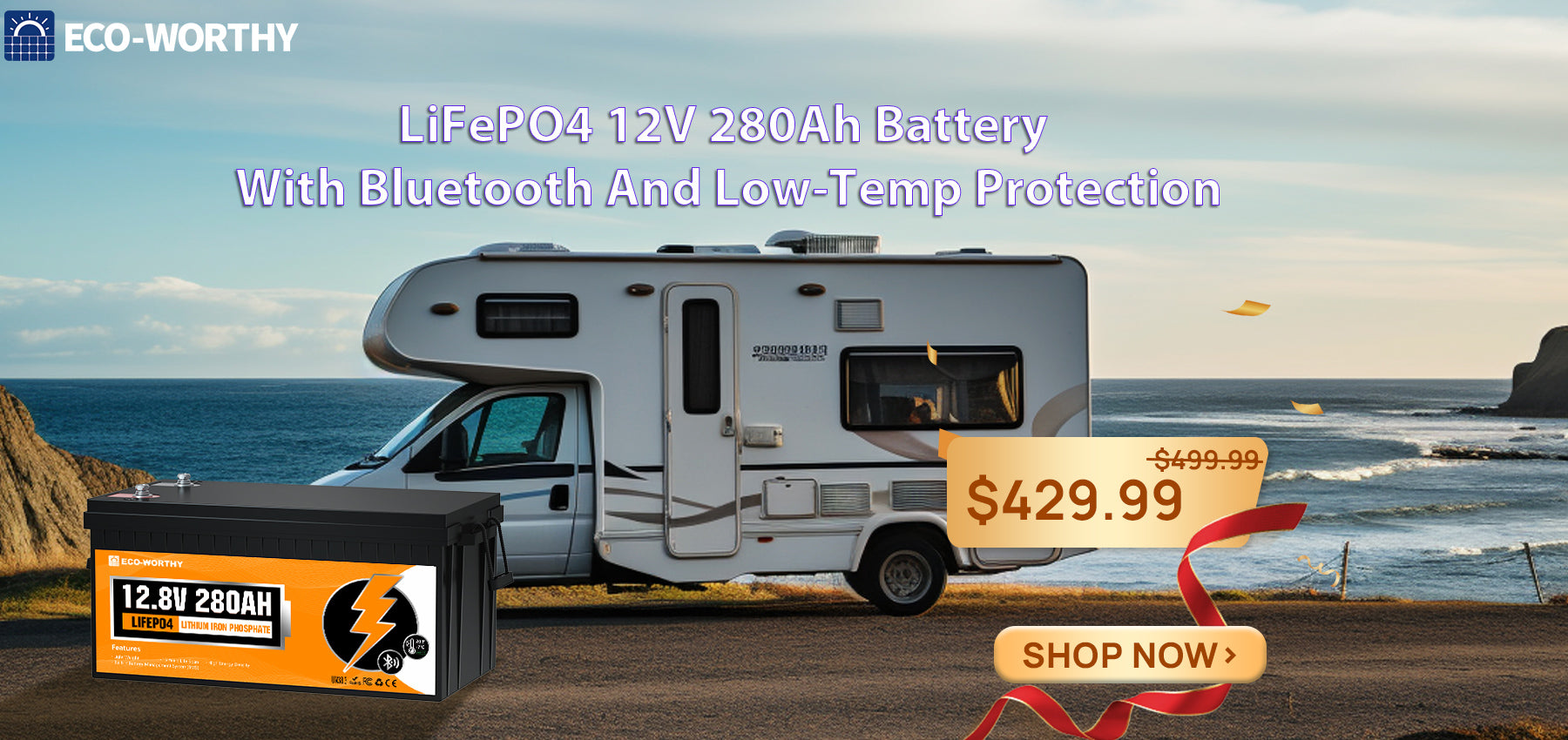
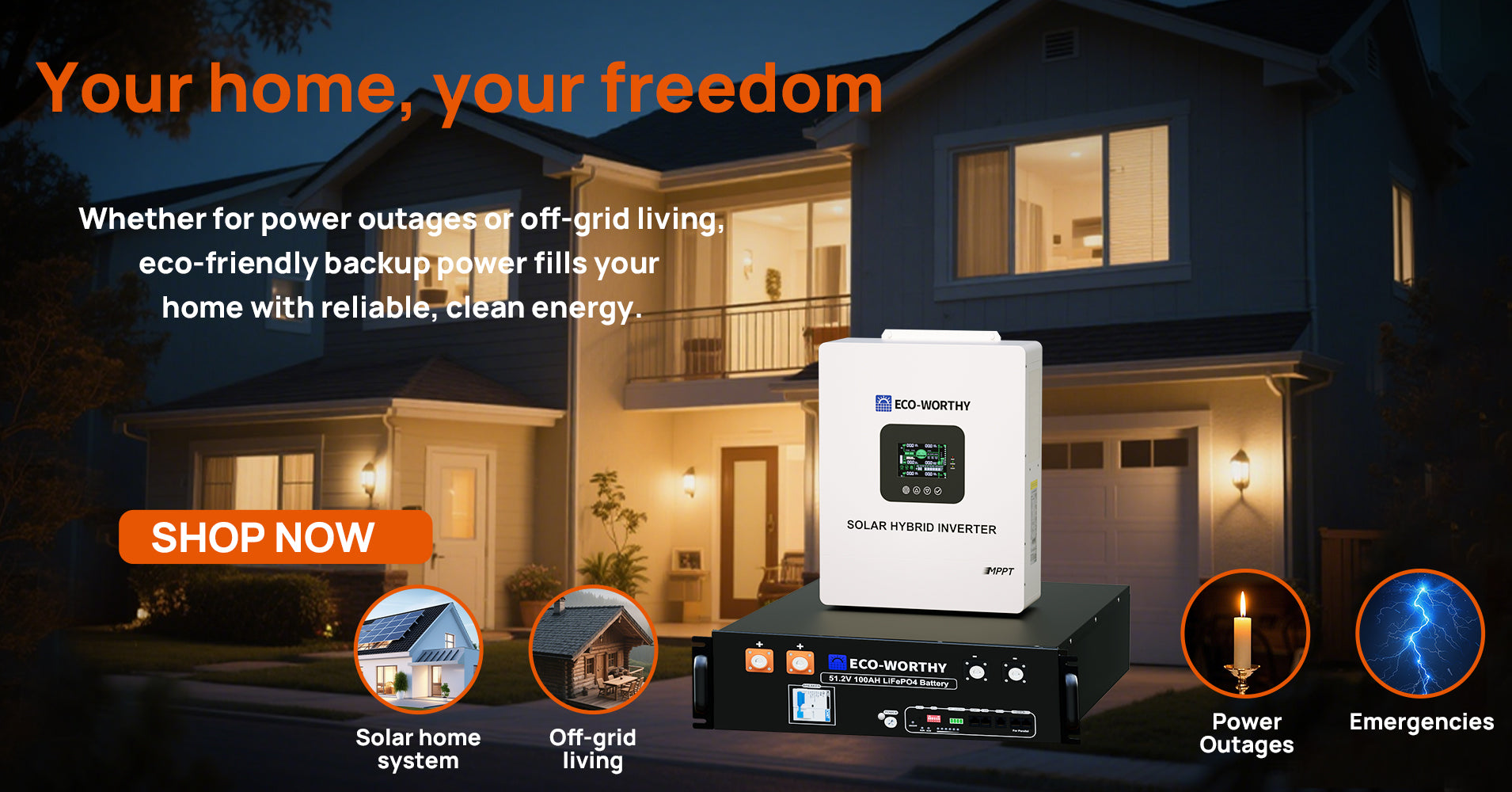
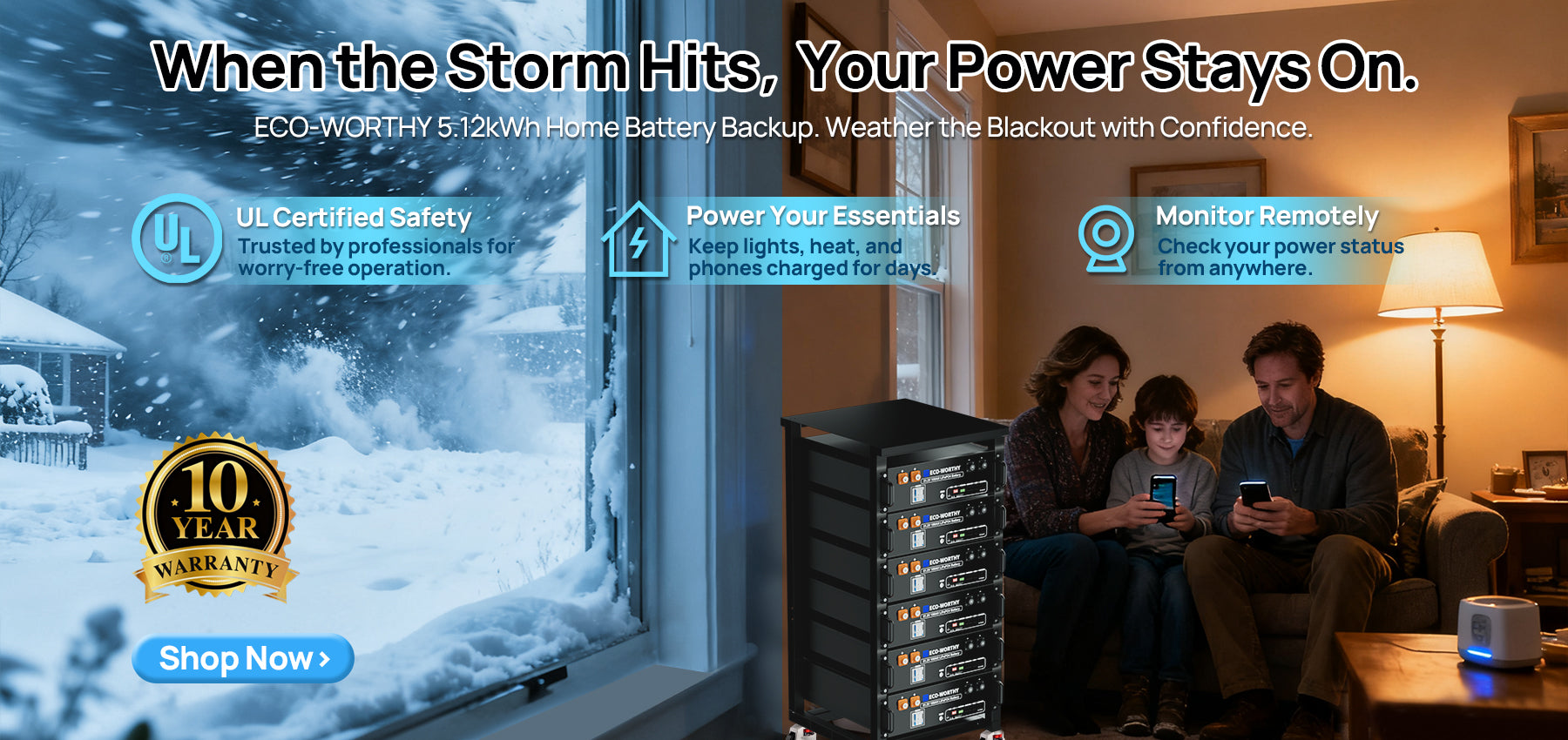


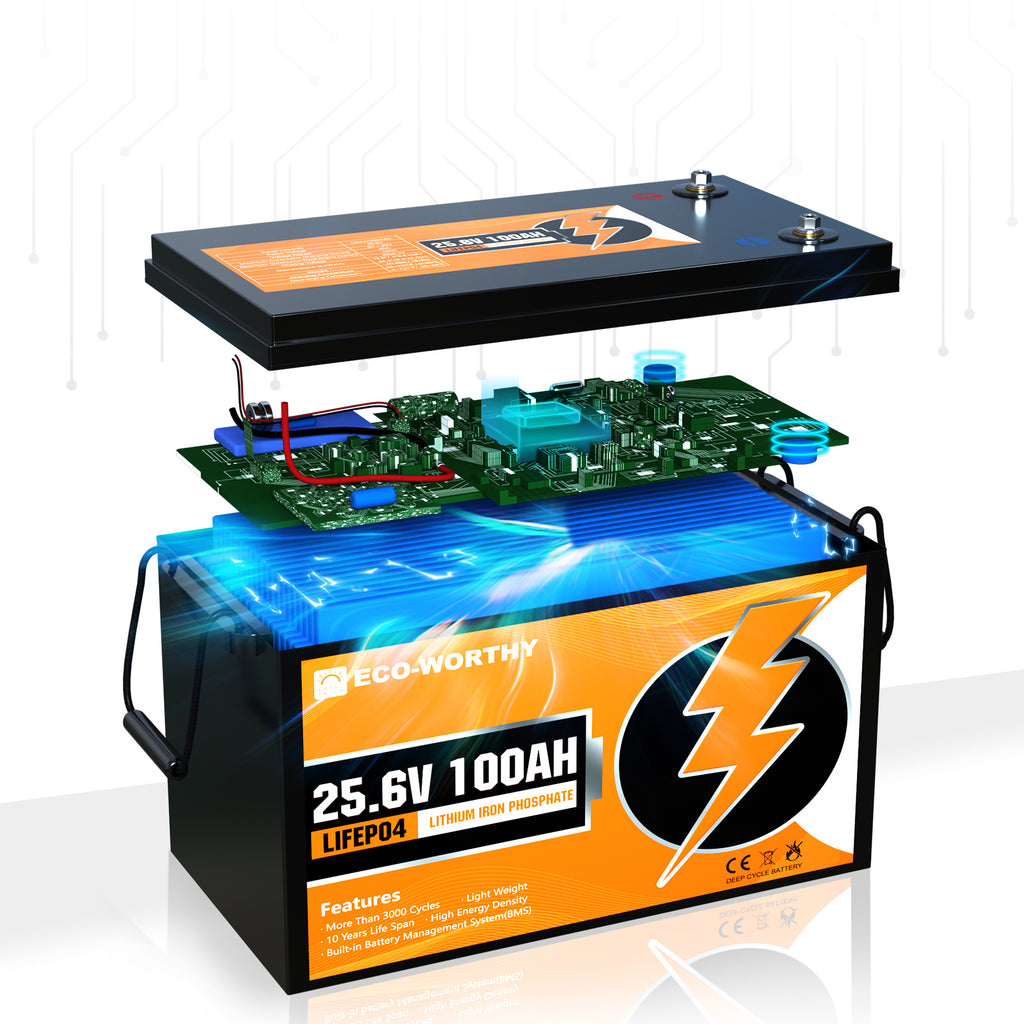
2 comments
I liked th.e info. I should print it and use it to determine requirements for a partial powerup of my home. Then I could make a backup system
Interesting. I am wondering if these batteries might work for our travel trailer.